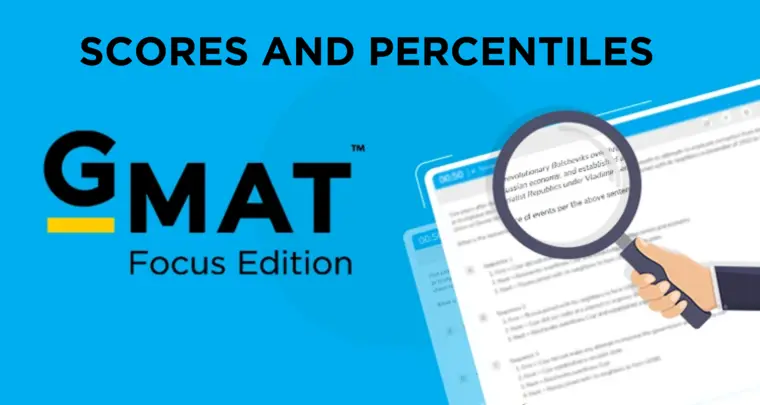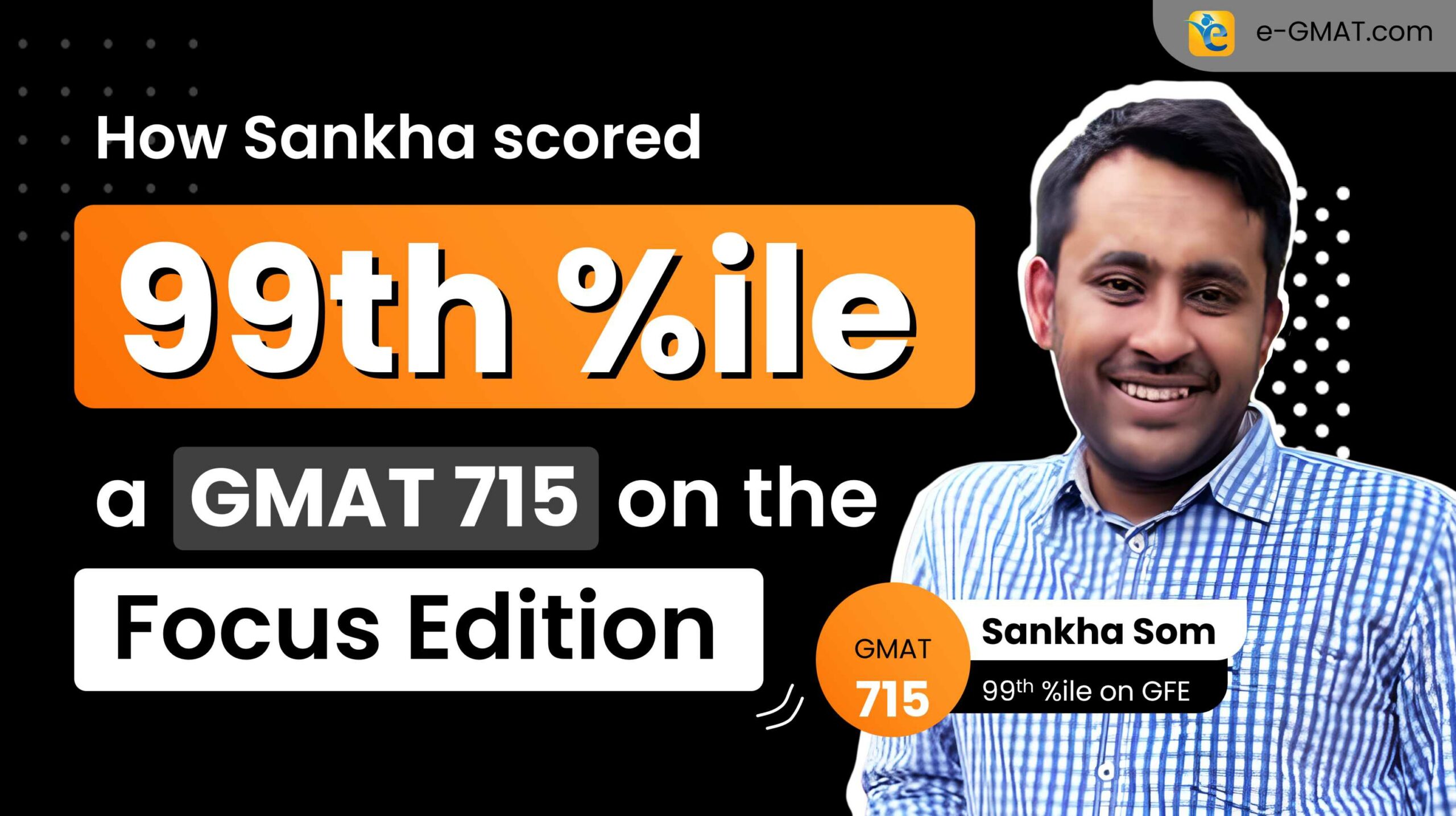How many positive three-digit integers are divisible by both 3 and 4?
A. 75
B. 128
C. 150
D. 225
E. 300
Solution:
- Translate the problem requirements: We need to find three-digit numbers (100 to 999) that are divisible by both 3 and 4, which means finding numbers divisible by their LCM = 12
- Identify the range boundaries for multiples of 12: Find the smallest and largest three-digit multiples of 12 to establish our counting range
- Count the multiples using division: Use the range of multiples to calculate how many multiples of 12 exist in the three-digit range
Execution of Strategic Approach
1. Translate the problem requirements
Let’s start by understanding what we’re looking for in everyday terms. We need three-digit numbers that are divisible by both 3 and 4.
Three-digit numbers are simply the numbers from 100 to 999 – these are all the numbers that have exactly three digits.
Now, when a number is divisible by both 3 and 4, it means the number can be divided evenly by both of these numbers with no remainder. For example, let’s check 12: 12 divided by 3 = 4 (no remainder) and 12 divided by 4 = 3 (no remainder).
Here’s the key insight: when we want a number divisible by both 3 and 4, we’re really looking for numbers divisible by their Least Common Multiple (LCM). Since 3 and 4 share no common factors (3 is prime and doesn’t divide 4), their LCM is simply 3 multiplied by 4 = 12.
So our problem becomes: How many three-digit numbers are divisible by 12?
Process Skill: TRANSLATE – Converting the “divisible by both” requirement into “divisible by LCM”
2. Identify the range boundaries for multiples of 12
Now we need to find the smallest and largest three-digit numbers that are multiples of 12.
Finding the smallest three-digit multiple of 12:
The smallest three-digit number is 100. Let’s see: 100 divided by 12 = 8.33…. This means 100 is between the 8th and 9th multiples of 12. Since we need the next whole multiple, we want the 9th multiple: 12 multiplied by 9 = 108.
Let’s verify: 108 divided by 3 = 36 ✓ and 108 divided by 4 = 27 ✓
Finding the largest three-digit multiple of 12:
The largest three-digit number is 999. Let’s see: 999 divided by 12 = 83.25. This means 999 is between the 83rd and 84th multiples of 12. Since we need a whole multiple, we want the 83rd multiple: 12 multiplied by 83 = 996.
Let’s verify: 996 divided by 3 = 332 ✓ and 996 divided by 4 = 249 ✓
So our three-digit multiples of 12 range from the 9th multiple (108) to the 83rd multiple (996).
3. Count the multiples using division
Now we need to count how many multiples of 12 exist from the 9th multiple to the 83rd multiple, inclusive.
This is like counting from 9 to 83. When we count consecutive integers from a starting number to an ending number, the formula is:
Count = Last number – First number + 1
In our case:
Count = 83 – 9 + 1 = 75
Let’s double-check this makes sense: if we had multiples from the 9th to the 11th, that would be 3 multiples (9th, 10th, 11th), and indeed 11 – 9 + 1 = 3 ✓
4. Final Answer
There are 75 positive three-digit integers that are divisible by both 3 and 4.
This matches answer choice A. 75
Quick verification: Our range includes multiples from 108 (12 multiplied by 9) to 996 (12 multiplied by 83), giving us 83 – 9 + 1 = 75 numbers total.
Common Faltering Points
Errors while devising the approach
- Misunderstanding “divisible by both”: Students may try to count numbers divisible by 3 and numbers divisible by 4 separately, then add them together. This double-counts numbers and ignores that we need numbers divisible by BOTH conditions simultaneously. The correct approach requires finding the LCM (12) first.
- Forgetting the three-digit constraint: Students may calculate all multiples of 12 without restricting to the range 100-999, leading to an incorrect count that includes one-digit, two-digit, or four-digit numbers.
- Attempting to list all numbers individually: Instead of using the systematic LCM approach, students may try to manually check each three-digit number for divisibility by both 3 and 4, which is time-consuming and error-prone on the GMAT.
Errors while executing the approach
- Incorrect boundary identification: When finding 100 divided by 12 = 8.33, students may incorrectly use the 8th multiple (96) instead of rounding up to the 9th multiple (108). Similarly, for 999 divided by 12 = 83.25, they may round up to the 84th multiple instead of down to the 83rd multiple.
- Arithmetic errors in multiplication: Students may make calculation mistakes when computing 12 multiplied by 9 = 108 or 12 multiplied by 83 = 996, leading to wrong boundary values and ultimately an incorrect count.
- Forgetting the “+1” in counting: When counting from the 9th to 83rd multiple, students often forget that counting consecutive integers requires the formula (last – first + 1), calculating 83 – 9 = 74 instead of 83 – 9 + 1 = 75.
Errors while selecting the answer
No likely faltering points – the calculation directly yields 75, which clearly matches answer choice A.














